Biography
Maurice Sievan (1898-1981)
An artist of the New York School, whom Clement Greenberg hailed as “one of the best or better painters in this country,” Maurice Sievan (1898-1981) became most known for his distinctive landscape works during the 1940s. A close friend of Milton Avery and Mark Rothko, Sievan’s career is the history of the New York art world itself, spanning the turn of the 20th century through the 1970s.
Born in the Russian Ukraine in 1898, Sievan’s family immigrated to New York City in 1908 to escape anti-Semitic pogroms. Sievan then embarked on a long, distinguished, and prolific career as an artist. He studied with Leon Kroll and Charles Hawthorne at the National Academy of Design and later at the Art Students League. In 1931, he studied with André Lhote in Paris and exhibited at the Salone d’Automne. Returning to New York in 1932 as a celebrated landscape and figurative painter, he became one of the many artists who worked on the Works Progress Administration Easel Project during the Depression.
Sievan’s Manhattan scenes from 1935-1939 effectively capture the mood of the Depression, with a pattern of distancing and isolation, by establishing a deep foreground that leads to a lone, single building or figure. In 1940 Maurice and his wife, Lee Culik Sievan (1907 -1990), an emerging photographer, moved from a Manhattan apartment into a new single-family home located in Flushing, Queens. The transition introduced Sievan to a pictorial theme that would preoccupy him for more than a decade: the uncelebrated landscapes of this outlying residential borough of New York City, typified by tree-lined streets, low-rise housing, nondescript shopping areas, and ubiquitous automobile traffic. During this time, Sievan converted his Chevrolet into a mobile studio and began to produce on-the-spot paintings. He worked from a parked car in Flushing, Jackson Heights, Hollis and Jamaica. After a 1945 show of these works at Brandt Gallery in Manhattan, then run by Betty Parsons, these moody and curiously depopulated pictures earned him the reputation—albeit unsought—as the “poet laureate of suburbia,” after an article by distinguished art critic Emily Gernauer compared his works to Pissarro and Sisley, saying that “he [sees] nature as much as they did, but interprets it in terms singularly personal.”
The artist developed a close friendship with Milton Avery, after they met in Woodstock, NY at the Brydcliffe Arts Colony in the late 1940s. He would continue to explore Woodstock as a prominent subject in his work along with Avery’s continued influence. His strong individual and distinctive hand is apparent in his paint handling and effervescent light conditions.
During the 1940’s, he taught at the Summit Art Association in Summit, N.J., and at Queens College from 1945 to 1966. His signature abstractions of the 50s and 60s represent some of his finest and most well-known works. Most of these works were painted in Rothko’s Provincetown studio, who was on of Sievan’s close friends and colleagues along with Gottieb and Still. The Museum of Modern Art purchased his masterpiece from this series, Oompalik, in 1963. Pre-figuring the color-field painters of the 1970s, Sievan’s large abstractions resonate with awesome, subtle beauty and unusual harmonies. Of these powerful works of depth, individuality, and integrity Ivan Karp said, “Here was an artist who occupied a particular and very special place in the history of American painting, and who is worthy of public acclaim for his singular achievement.”
His paintings were also placed in the collections of the Brooklyn, Baltimore and Hirshhorn Museums. Maurice Sievan’s first retrospective was held in 1974 at the Queens Museum in Flushing Meadows. Followed by another major retrospective in 1997 at the Museum of the City of New York. His work was exhibited in 2004 at MB Fine Art in Los Angeles, CA.

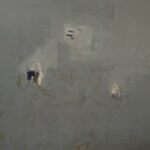 Bayooks
Bayooks
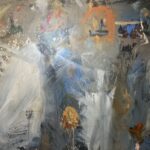 Fesimus
Fesimus
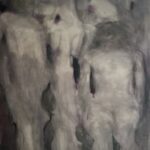 Oogaz
Oogaz
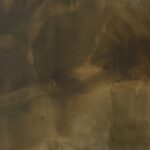 Olive Green
Olive Green
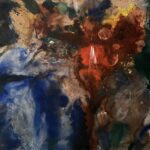 Boogib
Boogib
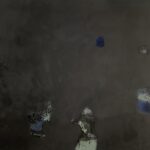 Untitled
Untitled
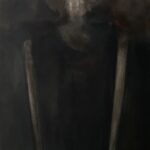 Untitled (Lady’s Portrait)
Untitled (Lady’s Portrait)
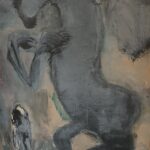 Untitled (Horse)
Untitled (Horse)
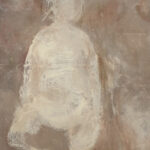 Untitled (Figure Pink)
Untitled (Figure Pink)
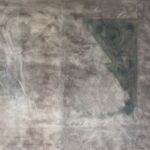 OOGALB (#711)
OOGALB (#711)
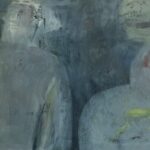 EEGBUTZ
EEGBUTZ
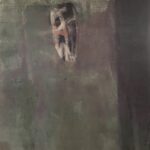 Shimbek
Shimbek
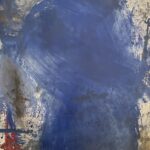 Untitled (3 figures, Blue)
Untitled (3 figures, Blue)
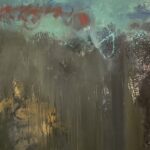 Dersis
Dersis
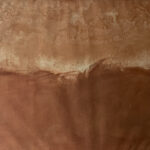 Untitled (Red Ocre)
Untitled (Red Ocre)
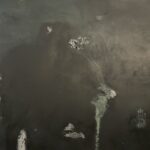 Untitled(Hand)
Untitled(Hand)
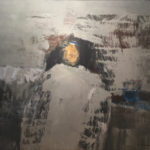 Perabis
Perabis
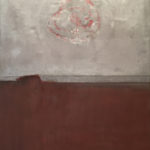 Obix
Obix
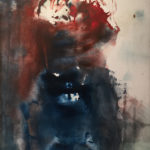 Oorgox
Oorgox
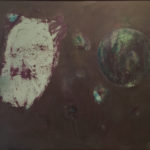 Exemus
Exemus
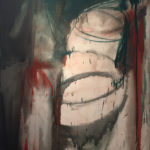 Oombix
Oombix
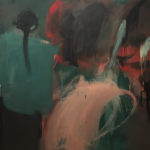 Eppergus
Eppergus
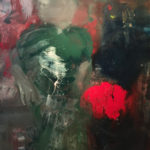 Eebak
Eebak
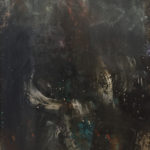 Kireck
Kireck
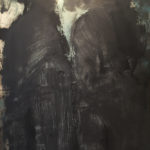 Elagus
Elagus
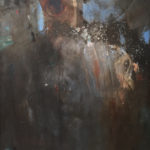 Boorsus
Boorsus
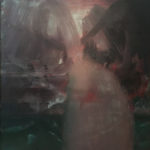 Zoogarluk
Zoogarluk
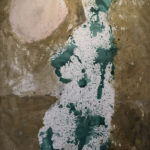 Man and Moon (Lorgus)
Man and Moon (Lorgus)
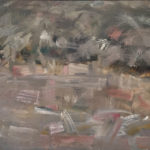 Reflection
Reflection
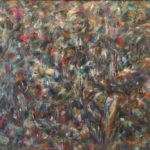 Igbus (Brave New World)
Igbus (Brave New World)
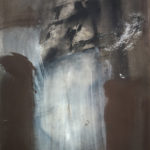 Untitled
Untitled
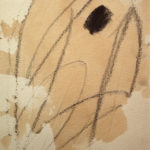 Figure
Figure
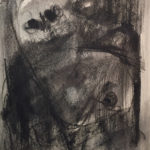 Figures
Figures
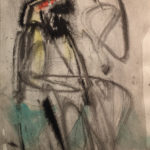 Figure
Figure
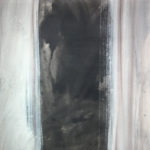 Abstraction
Abstraction
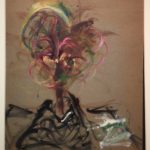 Figure
Figure
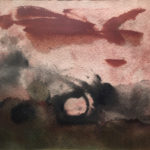 Cosmic
Cosmic
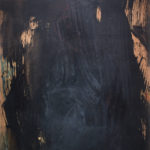 Untitled
Untitled
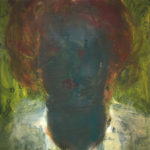 Portrait of a Woman II
Portrait of a Woman II
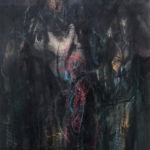 Courtier
Courtier
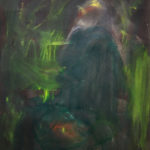 Untitled
Untitled
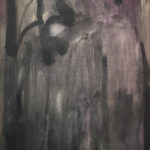 Buzavis
Buzavis
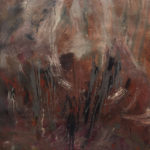 Perennial
Perennial
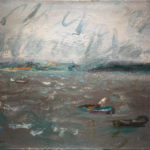 Hampton Bays (Long Island)
Hampton Bays (Long Island)
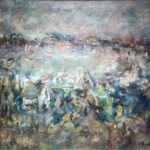 Hampton Bays
Hampton Bays
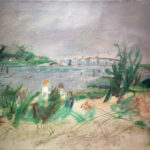 Sag Harbor
Sag Harbor
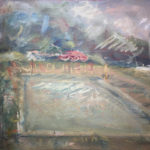 The Pool
The Pool
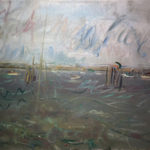 Sag Harbor Bay
Sag Harbor Bay
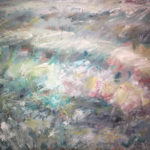 Rhythm
Rhythm
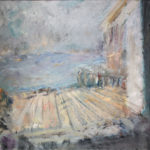 Provincetown Seaview
Provincetown Seaview
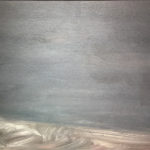 Lonescape
Lonescape
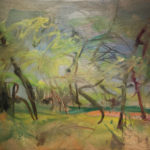 Hampton Bays Landscape
Hampton Bays Landscape
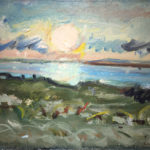 Sunset at Peconic Bay
Sunset at Peconic Bay
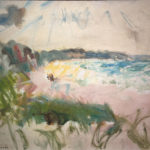 Inlet at Peconic Bay
Inlet at Peconic Bay
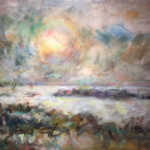 Long Island Seascape
Long Island Seascape
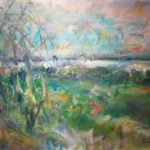 Long Island Landscape #1
Long Island Landscape #1
 Hampton Bays Landscape #2
Hampton Bays Landscape #2
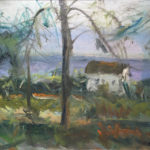 Shinnecock Bay #1
Shinnecock Bay #1
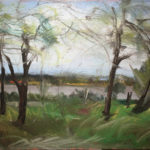 Shinnecock Bay #2
Shinnecock Bay #2
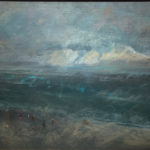 The Beach
The Beach